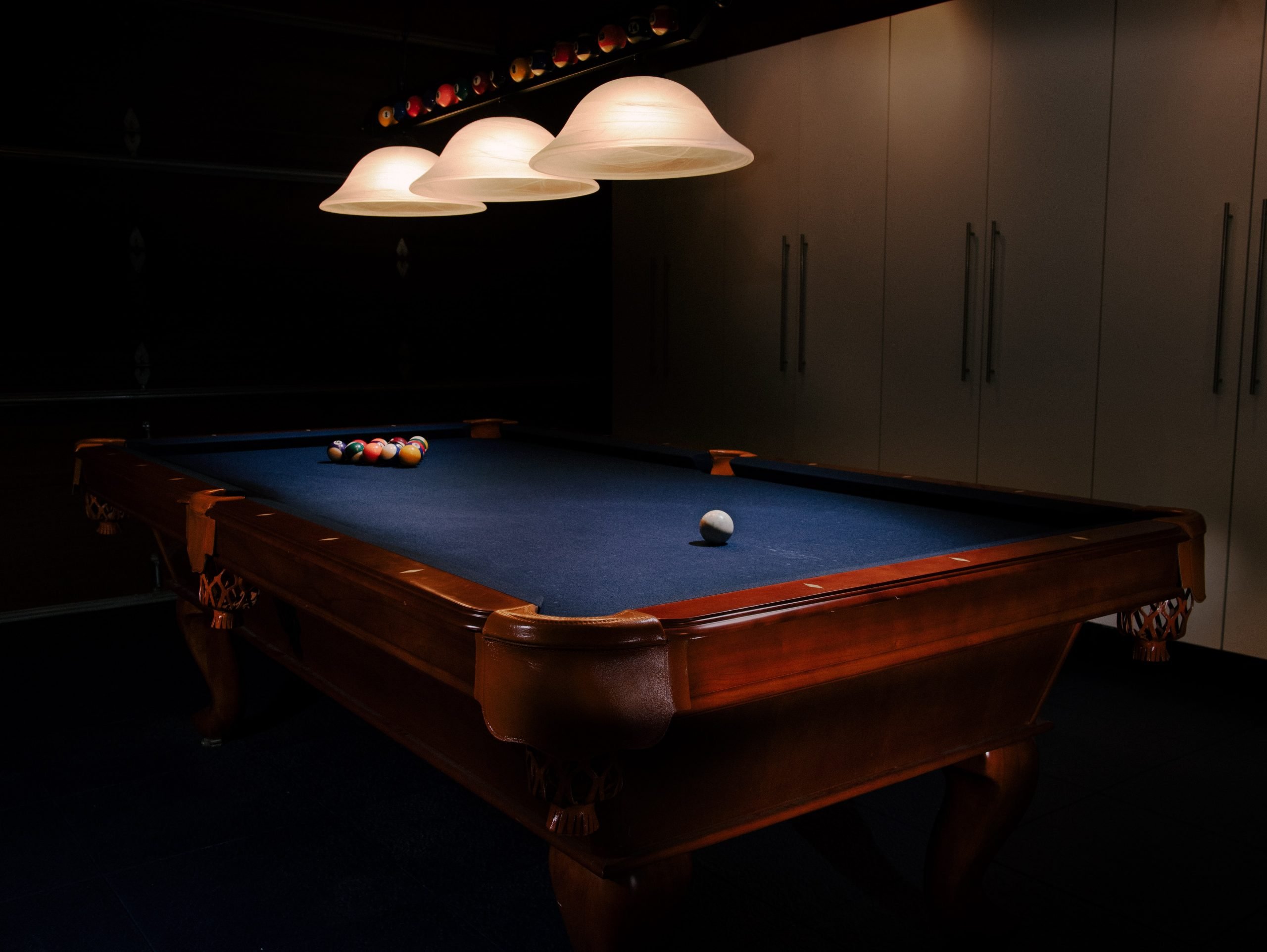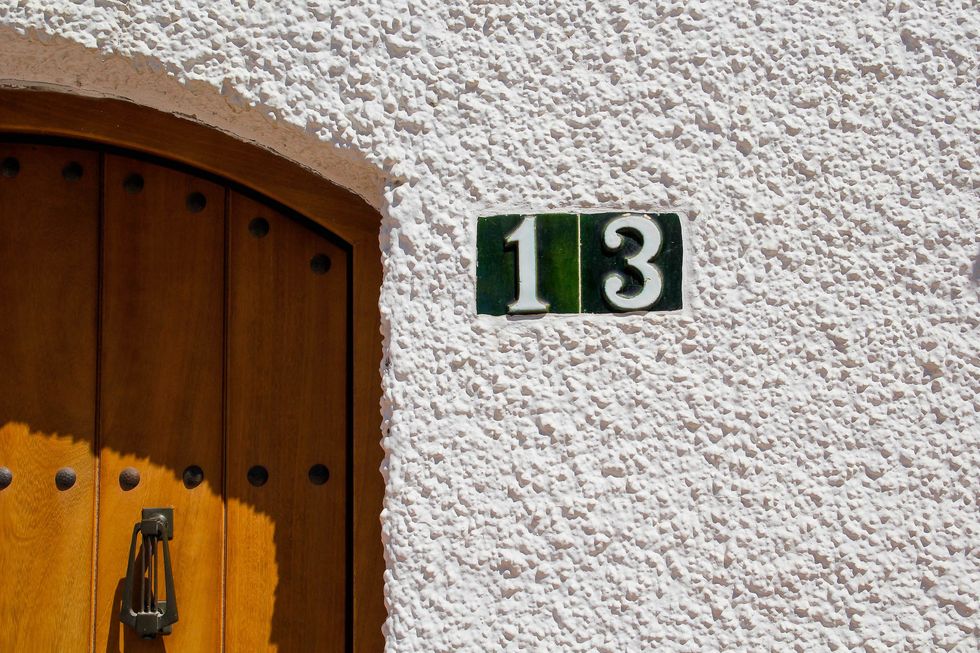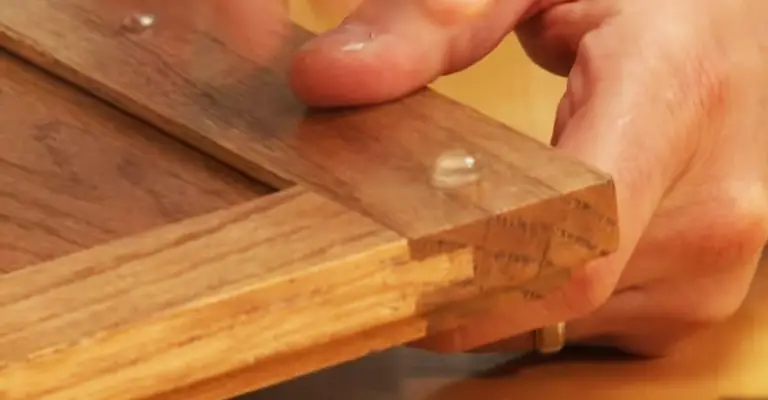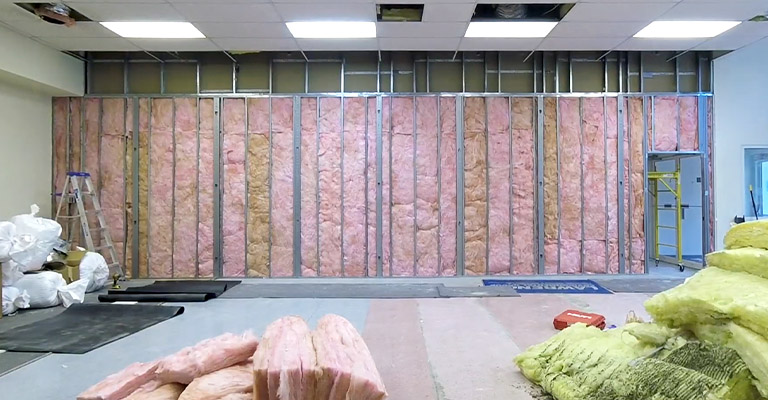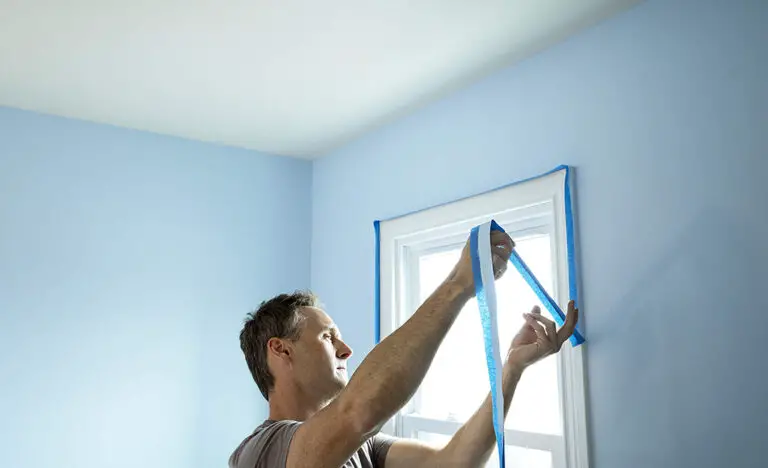Downspout Extension: Enhance Your Drainage System
Rainwater can wreak havoc on a building’s structure if not managed properly. That’s where a downspout extension comes into play. Not just a mere accessory, it’s an essential part of your drainage system that can help you protect your home. In this guide, we’ll explore what a downspout extension is, why you need one, and how to choose the right one for your needs.
What is a Downspout Extension?
A downspout extension is an attachment added to a downspout, allowing rainwater to be directed away from the building. The extension ensures that water doesn’t accumulate around your home’s foundation, where it can cause extensive damage. Whether you are a homeowner or a builder, understanding the different types of downspout extensions and their applications can help you make informed decisions.
Why Do You Need a Downspout Extension?
Prevents Water Damage
By directing rainwater away from the structure, you protect the foundation, walls, and landscape from erosion and water damage.
Aesthetic Appeal
A downspout extension can be decorative and enhance the overall appearance of your property.
Environmental Impact
Some downspout extensions can lead water into rain barrels or garden areas, promoting water conservation.
Types of Downspout Extensions
Rigid Extensions
Made of metal or PVC, these extensions are solid and provide a fixed path for water. They are highly durable but may require professional installation.
Flexible Extensions
These extensions are made from flexible materials like rubber and can be adjusted to direct water in various directions. They are easy to install and can be a do-it-yourself project.
Roll-Out Extensions
These extensions unroll automatically when water flows through them and roll back up when the water stops. This unique feature keeps the extension out of the way when not in use.
Choosing the Right Downspout Extension
When choosing a downspout extension, consider the following factors:
Material
Think about the weather conditions in your area and select a material that will withstand them.
Length
Ensure the extension is long enough to divert water away from your home effectively.
Style
Look for an extension that complements your home’s architecture and adds aesthetic value.
Price
The cost can vary significantly, so make sure to find an option that fits within your budget without sacrificing quality.
How to Install a Downspout Extension
Installation of a downspout extension is usually straightforward, but here are some general steps to follow:
1. Measure and Cut
Measure the length you need and cut the extension accordingly.
2. Attach to Downspout
Using screws or clips, attach the extension securely to the existing downspout.
3. Position Properly
Ensure that the extension is positioned to lead water away from the foundation.
4. Check Regularly
Regular inspection and maintenance will keep your downspout extension in optimal working condition.
The Importance of Quality in Downspout Extensions
It’s crucial to stress the importance of quality when considering downspout extensions. This isn’t a place where cutting corners will benefit you in the long run. A poor-quality downspout extension can lead to a myriad of problems, including:
Failure to Divert Water
If the extension is not built with the proper materials or design, it may not successfully lead water away from your foundation.
Quick Degradation
Cheaper materials may break down quickly, causing you to replace the extension more frequently.
Aesthetic Issues
A poorly constructed downspout extension may detract from the appearance of your property.
Top Brands to Consider
Several reputable brands offer high-quality downspout extensions. When looking for the perfect fit for your home, you may want to explore products from:
Flex-Drain
Known for their adaptable and efficient designs.
Amerimax
Offering a variety of styles and materials to suit different architectural needs.
Frost King
If you live in a colder climate, Frost King provides options that withstand harsh weather conditions.
Custom Downspout Extensions
For those looking for a unique solution, custom downspout extensions are an option. Many local metalworkers and gutter specialists can create a downspout extension that fits your specific needs and aesthetics. This option allows for creativity and personalization but might be more costly.
Safety Considerations
Installing a downspout extension isn’t typically hazardous, but it’s still essential to be cautious. Follow these safety guidelines:
Use Proper Tools
Always use the correct tools for cutting and attaching the extension.
Avoid Electrical Wires
Be aware of any electrical wiring in the area where you’re working.
Secure the Ladder
If you’re using a ladder, make sure it’s stable and positioned correctly to prevent falls.
Environmental Considerations
With growing concerns about water conservation, some downspout extensions are designed to direct rainwater into rain barrels or garden areas. This approach can help you utilize rainwater for gardening and reduce the demand on municipal water supplies.
Local Regulations
It’s also worth noting that some areas may have regulations regarding downspout extensions, particularly in urban environments where stormwater management is a concern. Always check with your local municipality to ensure that your chosen extension complies with any relevant regulations.
Final Thoughts
In the intricate network of your home’s gutter system, downspouts and extensions play a vital role in safeguarding against a wet or flooded basement, and in keeping debris from clogging the line. Choosing the right downspout extension, whether it’s a half-round design or a more specialized one, protects not only the foundation of your house but also the soil, siding, and grass surrounding it. By directing water from the roof through pipes and into the ground, away from areas where it could cause dirt to erode or leaks to develop, you ensure that the rainy night doesn’t turn into a nightmare.
Investing in quality downspout extensions is an investment in your home’s overall well-being. A downspout that is aligned correctly with your gutters and pipes can keep your home dry and secure, protecting it from the perils of leaks and water damage. So the next time rain falls on your roof, you can rest easy knowing that your downspout extensions are working diligently to direct water away from your house and into the ground, ensuring a peaceful night’s sleep without the worry of waking up to a flooded basement.

